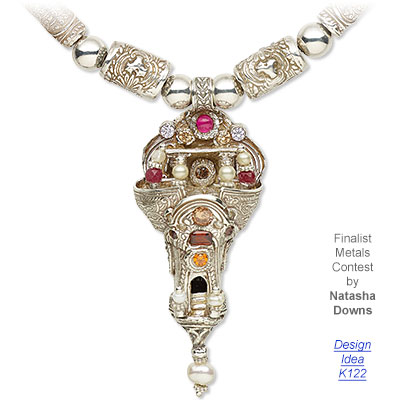Emperor Qin's Tomb
Workers digging a well outside the city of Xi'an, China, in 1974 struck upon one of the greatest archaeological discoveries in the world: a life-size clay soldier poised for battle.
The diggers notified Chinese authorities, who dispatched government archaeologists to the site. terracotta army
They found not one, but thousands of clay soldiers, each with unique facial expressions and positioned according to rank. And though largely gray today, patches of paint hint at once brightly colored clothes. Further excavations have revealed swords, arrow tips, and other weapons, many in pristine condition.
The soldiers are in trenchlike, underground corridors. In some of the corridors, clay horses are aligned four abreast; behind them are wooden chariots.
The terra-cotta army, as it is known, is part of an elaborate mausoleum created to accompany the first emperor of China into the afterlife, according to archaeologists.
Young Emperor
Ying Zheng took the throne in 246 B.C. at the age of 13. By 221 B.C. he had unified a collection of warring kingdoms and took the name of Qin Shi Huang Di—the First Emperor of Qin.
During his rule, Qin standardized coins, weights, and measures; interlinked the states with canals and roads; and is credited for building the first version of the Great Wall.
According to writings of court historian Siam Qian during the following Han dynasty, Qin ordered the mausoleum's construction shortly after taking the throne. More than 700,000 laborers worked on the project, which was halted in 209 B.C. amid uprisings a year after Qin's death.
To date, four pits have been partially excavated. Three are filled with the terra-cotta soldiers, horse-drawn chariots, and weapons. The fourth pit is empty, a testament to the original unfinished construction.
Archaeologists estimate the pits may contain as many as 8,000 figures, but the total may never be known.

No comments:
Post a Comment